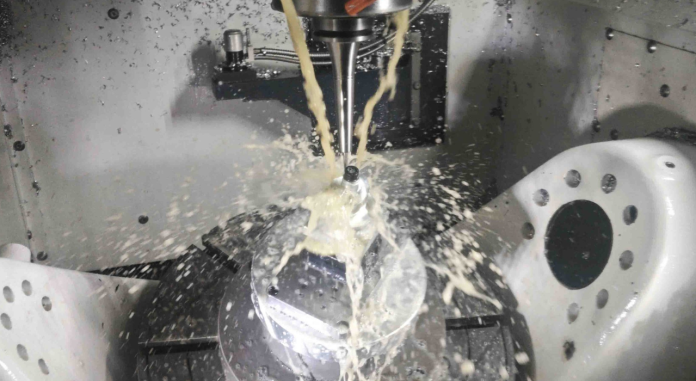The capacity to quickly design and revise prototypes is crucial in the latest rapid-paced manufacturing environment. Rapid prototyping is the system of quickly growing a functioning prototype of a product to evaluate its capability, design, and convenience—sometimes main to complete-scale production.
Because CNC (Computer Numerical Control) machining is accurate, speedy, bendy, and inexpensive, it has turned out to be the best solution for fast prototyping. The primary factors that make rapid cnc machining the first-rate option for short prototyping are explored in this essay.
Precision
The unequaled precision and accuracy of CNC machining are among its essential benefits for rapid prototyping. CNC machines are controlled by computer programs, permitting for correct replication of plan determinations. This accuracy ensures that models are delivered with tight tolerances and high levels of detail, which is essential for evaluating the possibility and execution of a plan. The capacity to create parts with resiliences as tight as +/- 0.005mm means that indeed the foremost perplexing plans can be accurately realized.
Speed and Proficiency
In the competitive scene of item development, time is of the essence. CNC machining altogether decreases the time required to move from plan to model. Once the CAD (Computer-Aided Plan) show is ready, CNC machines can rapidly execute the generation preparation. Not at all like conventional machining, which might require broad manual setup and alterations, CNC machining computerizes these processes, drastically cutting down on generation time.
Adaptability in Materials and Designs
CNC machining is exceptionally flexible in terms of the range of materials it may manage. From metals like aluminum, steel, and titanium to plastics and composites, CNC machines can work with a wide style of substances. This flexibility is basic for fast prototyping because it permits creators to test their concepts with distinctive materials to determine the leading choice for the ultimate item. Also, CNC machining supports complex geometries and complicated plans, making it conceivable to form models that closely imitate the ultimate product’s appearance and functionality.
Cost-Effectiveness
Whereas starting setup costs for CNC machining can be high, the general cost-effectiveness for quick prototyping is critical. Once the machine is set up and the program is loaded, creating extra units of the model gets to be moderately reasonable. The decrease in manual labor and the minimization of material waste contribute to lower generation costs.
Repeatability and Consistency
Consistency is key to item improvement, and CNC machining exceeds expectations in creating identical parts more than once. This repeatability guarantees that each model keeps up the same tall quality, allowing for dependable testing and assessment. The consistency advertised by CNC machining is especially advantageous when numerous models are required for testing beneath distinctive conditions or for displaying to partners and potential clients.
Fast Turnaround for Cycles
Item development often includes numerous iterations to refine and idealize a plan. CNC machining’s capacity to rapidly deliver unused forms of a model makes it perfect for this iterative handle. Designers can make alterations to the CAD model based on testing input and have a new model prepared for assessment in a brief period.
Superior Surface Wrap-up and Quality
Models delivered through CNC machining often exhibit superior surface finishes and overall quality compared to other quick prototyping strategies. The exactness and control advertised by CNC machines result in smooth surfaces and detailed highlights, which are crucial for utilitarian testing and stylish assessments.
Adaptability from Prototyping to Generation
Another significant advantage of CNC machining is its versatility. The same CNC machines utilized for prototyping can also be utilized for little to medium-scale generation runs. This adaptability guarantees a smooth move from prototype to generation without the need for noteworthy changes within the fabricating setup.
Conclusion
CNC machining’s precision, speed, adaptability, cost-effectiveness, and ability to handle a wide extend of materials and designs make it the perfect solution for rapid prototyping. Its ability to create high-quality models quickly allows architects and engineers to repeat and refine their plans proficiently, quickening the item advancement handle.




